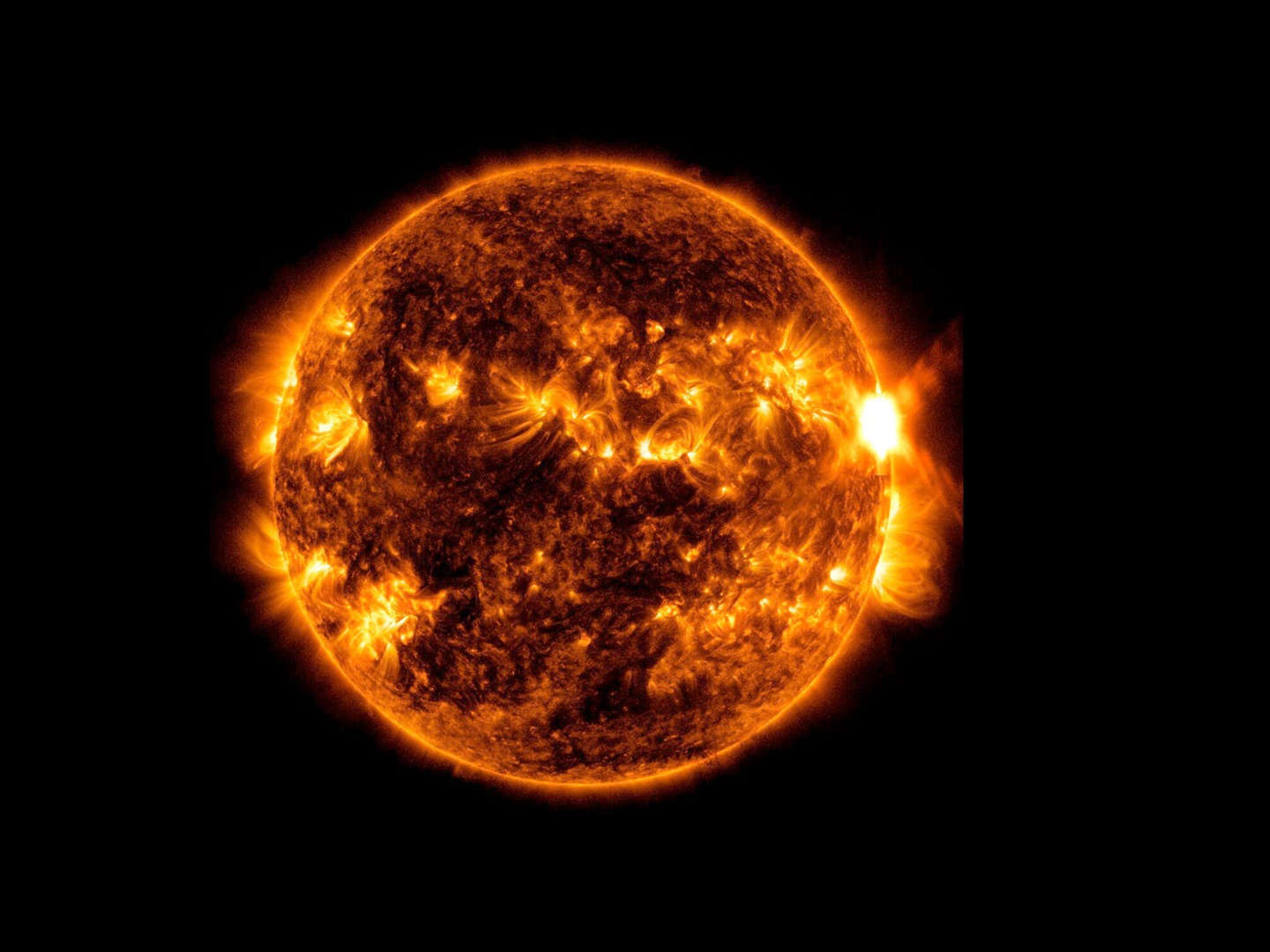Abstract: The solar atmosphere is known to contain many different types of wavelike oscillation. Waves and other fluctuations (e.g., turbulent eddies) are believed to be responsible for at least some of the energy transport and dissipation that heats the corona and accelerates the solar wind. Thus, it is important to understand the behavior of magnetohydrodynamic (MHD) waves as they propagate and evolve in different regions of the Sun’s atmosphere. In this paper, we investigate how MHD waves can affect the overall plasma state when they reflect and refract at sharp, planar interfaces in density. First, we correct an error in a foundational paper (Stein 1971) that affects the calculation of wave energy-flux conservation. Second, we apply this model to reflection-driven MHD turbulence in the solar wind, where the presence of density fluctuations can enhance the generation of inward-propagating Alfven waves. This model reproduces the time-averaged Elsasser imbalance fraction (i.e., ratio of inward to outward Alfvenic power) from several published numerical simulations. Lastly, we model how the complex magnetic field threading the transition region between the chromosphere and corona helps convert a fraction of upward-propagating Alfven waves into fast-mode and slow-mode MHD waves. These magnetosonic waves dissipate in a narrow region around the transition region and produce a sharp peak in the heating rate. This newly found source of heating sometimes exceeds the expected heating rate from Alfvenic turbulence by an order of magnitude. It may explain why some earlier models seemed to require an additional ad-hoc heat source at this location.

